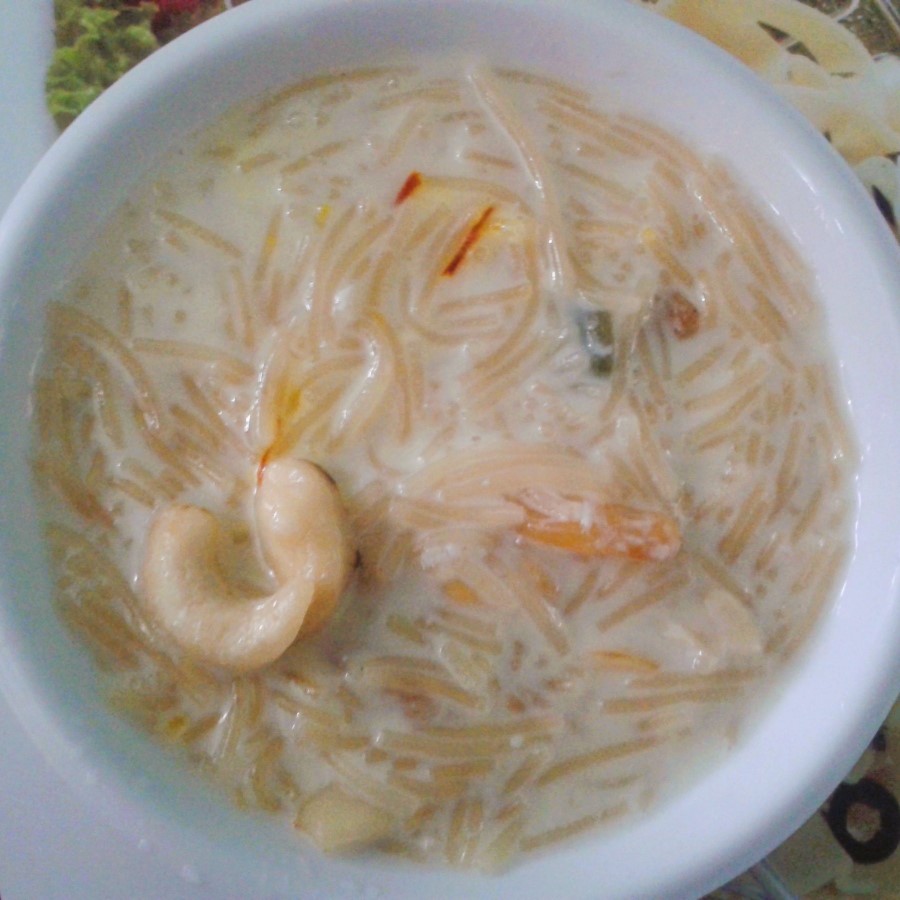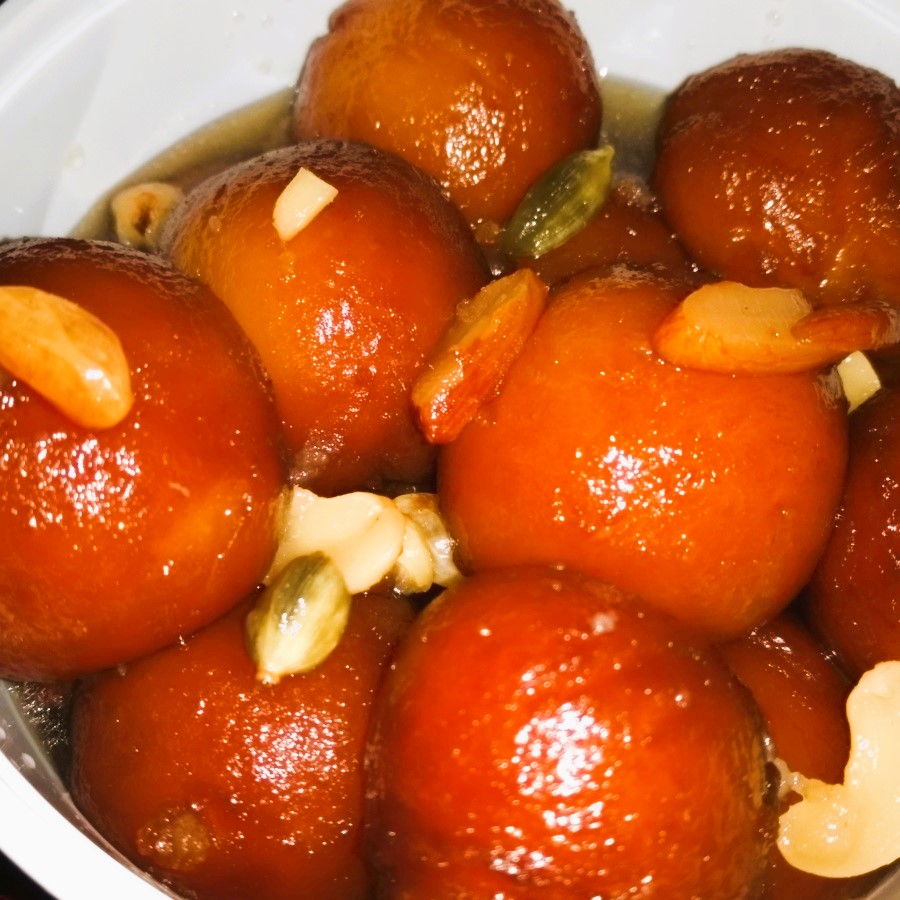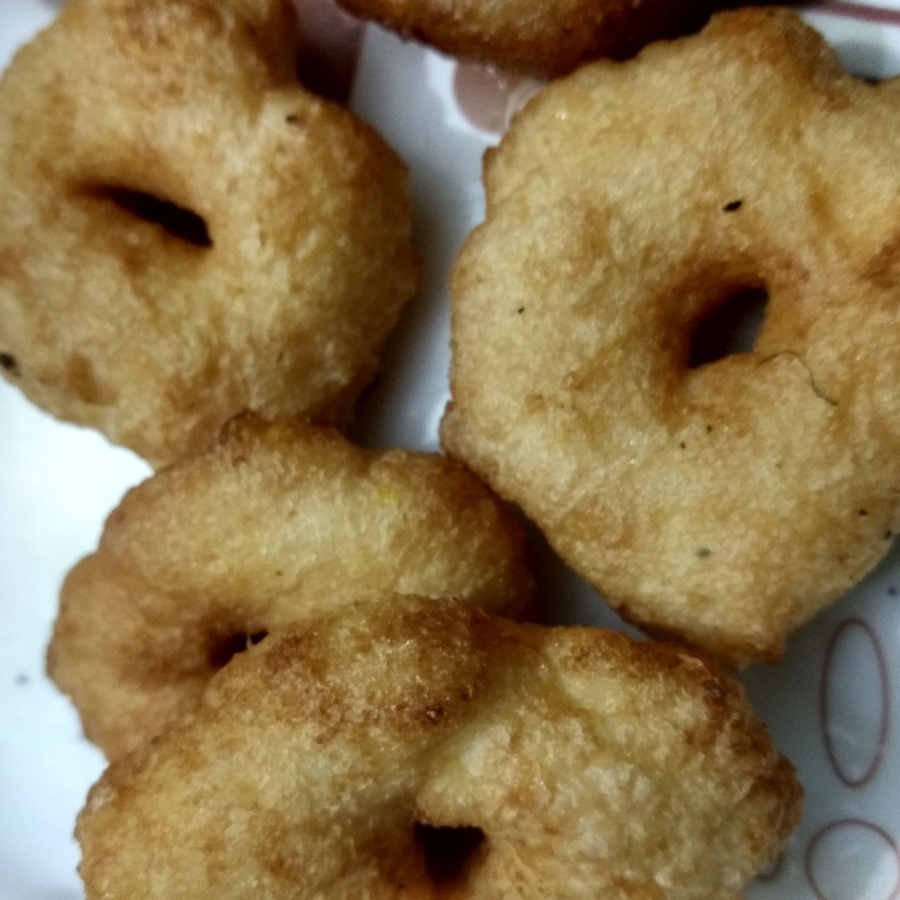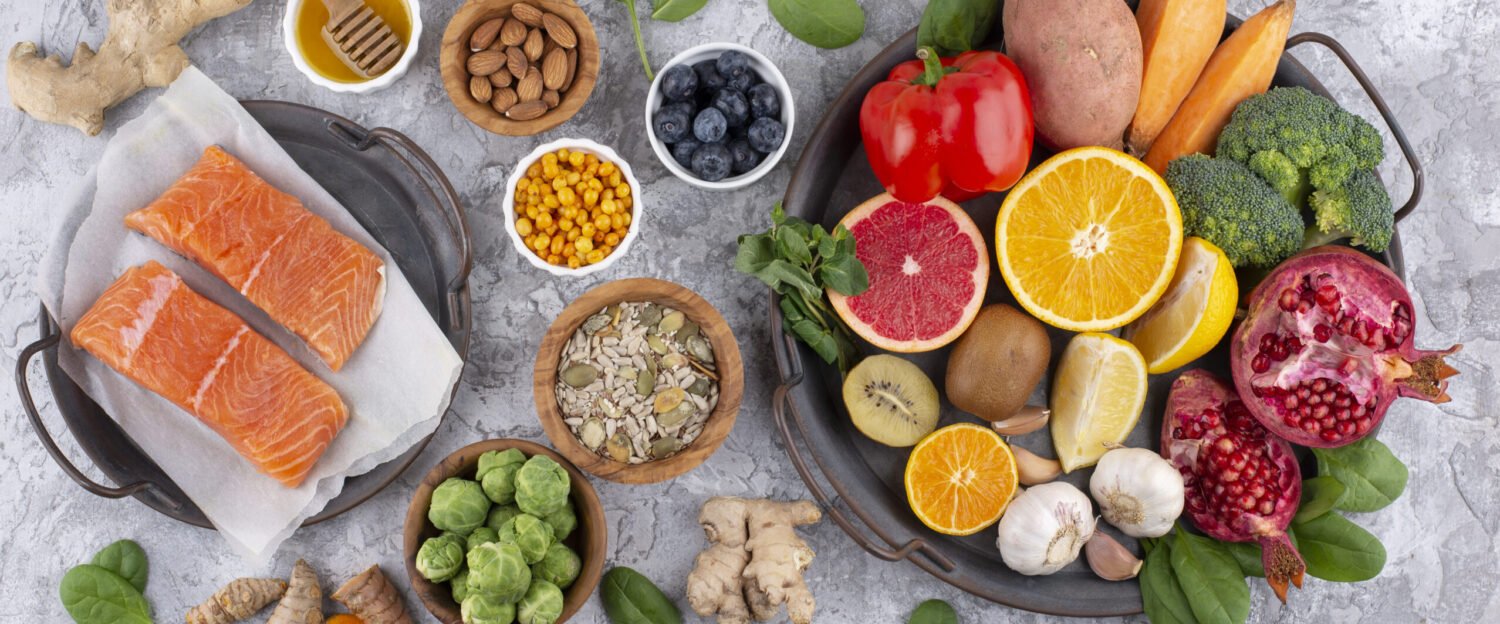Table of Contents
About Diwali:
Diwali, also known as Deepavali, is a major Hindu festival celebrated across India and in various other parts of the world. Check out the important notes about the Diwali Recipes/naivedyam. It usually takes place between October and November, depending on the lunar calendar. The festival signifies the victory of light over darkness and good over evil. The word “Diwali” is derived from the Sanskrit word “Deepavali,” which means a row of lights.
How we Celebrate Diwali:
Key aspects and customs associated with Diwali include:
- Lights and Decorations: The festival is often called the “Festival of Lights” because of the tradition of lighting oil lamps or diyas, candles, and decorative lights. Homes, shops, and public places are adorned with colorful decorations, creating a festive and vibrant atmosphere.
- Rangoli: People create intricate patterns and designs on the floor using colored powders, rice, flower petals, or other materials. These designs, known as rangoli, are believed to bring good luck and prosperity.
- Puja and Worship: Diwali is a time for religious ceremonies and prayers. Many people worship the Hindu goddess Lakshmi, who is considered the goddess of wealth and prosperity. Families also perform puja (prayers) in their homes and visit temples.
- Exchange of Gifts: It is a common practice to exchange gifts and sweets like laddu, Peda, Rasagulla, Gulab jamun… during Diwali as a symbol of goodwill and love. Families and friends come together to celebrate and share festive meals.
- Fireworks: Fireworks are a significant part of Diwali celebrations. They are believed to drive away evil spirits. However, in recent years, there has been growing concern about the environmental impact and safety issues related to fireworks, leading to calls for more eco-friendly celebrations.
- Feasting: Diwali is a time for feasting and enjoying delicious sweets and snacks. Families prepare special meals, and various traditional sweets, such as ladoos and jalebis, are shared.
- Cleaning and Renovation: Before Diwali, homes are thoroughly cleaned and renovated to welcome the goddess Lakshmi and to symbolize the removal of negativity and the arrival of positive energy.
- Cultural Significance: The festival has cultural and historical significance in various regions of India. It commemorates different events, including the return of Lord Rama to Ayodhya after defeating the demon king Ravana and the return of Pandavas after 12 years of exile.
While Diwali has its roots in Hinduism, it is celebrated by people of various religious and cultural backgrounds, making it a truly inclusive and joyous occasion.



Special /Prasadam/Naivedyam/ Diwali Recipes:
Diwali is a time for delicious and festive foods. Here are some popular Diwali recipes that you can try:
- Sweets:
- Ladoo: These are small, round sweets made from various ingredients like gram flour (Besan Ladoo), semolina (Rava Ladoo), or chickpea flour (Besan Ladoo). They are often flavored with cardamom and garnished with nuts.
- Barfi: Barfi is a sweet fudge-like dessert made from condensed milk, sugar, and various flavors. Popular variations include coconut barfi, almond barfi, and pistachio barfi.
- Kaju Katli: A classic sweet made from cashew nuts, sugar, and ghee. It is often garnished with edible silver foil.
- Savory Snacks:
- Chakli: These spiral-shaped snacks are made from rice flour, gram flour, and spices. They are deep-fried to a crispy texture.
- Murukku: A crunchy and popular South Indian snack made from rice flour and urad dal flour. It’s often spiced with cumin and sesame seeds.
- Namak Pare: These are deep-fried, crispy, and savory bites made from all-purpose flour and seasoned with spices.
- Drinks:
- Masala Chai: A spiced tea made with black tea leaves, milk, and a blend of spices like cardamom, cinnamon, and cloves.
- Thandai: A refreshing drink made with a mixture of almonds, fennel seeds, cardamom, saffron, and milk. It’s often prepared during festivals and special occasions.
- Main Course:
- Vegetable Biryani: A fragrant and flavorful rice dish cooked with mixed vegetables and biryani spices.
- Paneer Tikka: Cubes of paneer (Indian cottage cheese) marinated in a spiced yogurt mixture and grilled or baked until golden.
- Side Dishes:
- Dahi Puri: A popular street food snack, consisting of small, crispy puris filled with a mixture of yogurt, potatoes, and various chutneys.
- Aloo Tikki: Spiced and shallow-fried potato patties, often served with chutneys and yogurt.
- Desserts:
- Gulab Jamun: Soft, deep-fried dumplings made from khoya (reduced milk) and soaked in a sugar syrup.
- Rasgulla: Soft and spongy cottage cheese balls cooked in sugar syrup.
